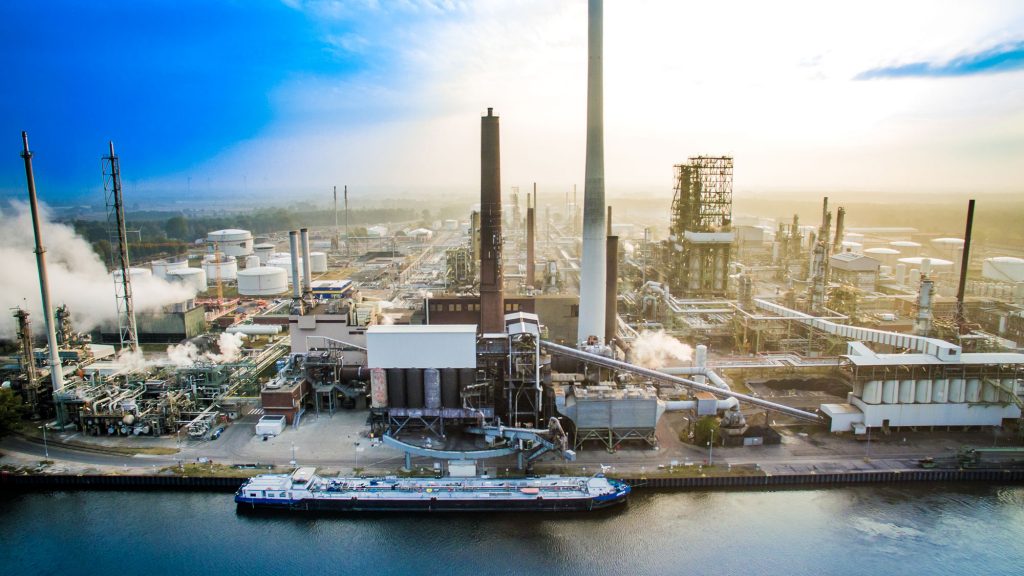
 BP and Ørsted signed a letter of intent (LOI) in mid-November 2020 to jointly develop a project for industrial-scale production of green hydrogen—a significant step in developing BP's hydrogen business. Green hydrogen is made by the electrolysis of water using renewable power, producing zero emissions.
BP and Ørsted signed a letter of intent (LOI) in mid-November 2020 to jointly develop a project for industrial-scale production of green hydrogen—a significant step in developing BP's hydrogen business. Green hydrogen is made by the electrolysis of water using renewable power, producing zero emissions.
In their proposed Lingen green hydrogen project, the two firms intend to build an initial 50-MW electrolyzer and associated infrastructure at BP's Lingen refinery in northwest Germany. The plant will be powered by renewable energy generated by an Ørsted offshore wind farm in the North Sea, and the hydrogen produced will be used in the refinery.
Under their LOI, BP and Ørsted will work together to further define the project, agree definitive documents and plan to make a final investment decision (FID) in early 2022, subject to appropriate enabling policies being in place. The companies anticipate the project could be operational by 2024.
The 50-MW electrolyzer project is expected to produce 1 metric tph of green hydrogen, or almost 9,000 metric tpy. This would be sufficient to replace around 20% of the refinery's current gray hydrogen consumption, avoiding around 80,000 metric t of CO2 equivalent emissions per year—equivalent to the emissions from around 45,000 cars in Germany.
The Lingen refinery processes about 5 metric MMtpy (100,000 bpd) of crude oil, producing fuels, heating oil and chemical feedstocks. In 2018, Lingen conducted the world's first trial of green hydrogen in a fuels refinery.
Green H2's promising future.
Heavy industries, such as refineries, use large quantities of hydrogen in their manufacturing processes. They will continue to need hydrogen, but replacing the current fossil-based hydrogen with hydrogen produced from renewable energy can help these industries dramatically lower their CO2 footprint.
First, however, hydrogen must become cost-competitive with fossil-based hydrogen. Projects such as the BP-Ørsted JV will demonstrate the electrolyzer technology at large scale and showcase real-life application of hydrogen based on offshore wind.
In the coming decades, hydrogen is expected to play a critical role in decarbonizing the power, industry and transport sectors, especially those that are difficult or expensive to electrify. The development of businesses in emerging technologies, such as hydrogen and carbon capture use and storage (CCUS), is an integral part of BP's strategy of transforming to an integrated energy company.
The Lingen project is also intended to support a longer-term ambition to build more than 500 MW of renewable-powered electrolysis capacity. This could provide green hydrogen to meet the refinery's entire hydrogen demand and provide feedstock for potential future synthetic fuel production.
BP and Ørsted have together applied for funding for the Lingen green hydrogen project from the EU Innovation Fund, one of the largest funding programs for innovative low-carbon technologies.
Gulf Energy Information (Gulf), a century-old provider of information to the global oil and gas and energy industries, has announced changes to its leadership structure, effective August 1, 2023.